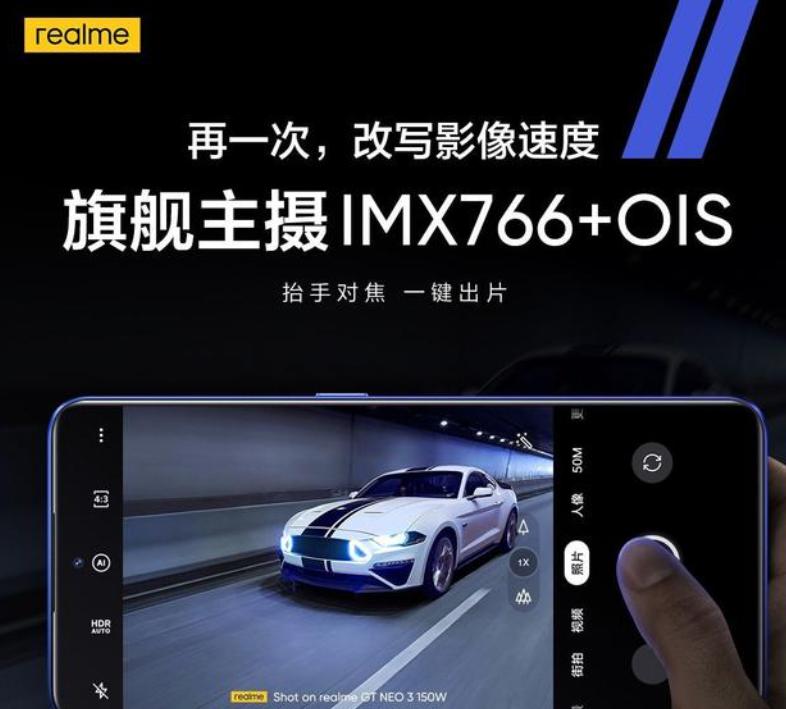Yesterday, the realme GT Neo 3 was officially released. The GT Neo 3 series equipped with Tianji 8100+ unique display chips was first launched at 1999 yuan, causing quite a stir in the industry. While MediaTek's dream of hitting the high-end market may have to wait a little longer, the IMX 766 image sensor embedded in the GT Neo 3 series reveals Sony's ability to account for 45% of the world's smartphone image sensors.

A few days ago, a new domestic image sensor was released, and some media interpreted it as comparing with the IMX766 sensor in terms of performance and power consumption. Sony IMX766 was first commercially available on the OPPO Reno 5 Pro+ model in December 2020, when the initial price was 3999 yuan. Then, in July 2021, the realme GT Master Exploration Edition with a starting price of 2799 yuan was also equipped with Sony IMX766, and with the IMX766 sensor + OIS + full pixel focus + mature algorithm tuning, the slogan of "Eye of Exploration" was played. Then came the release of the GT Neo 3 series at 1999 yuan last night.
With such a clear pricing and positioning, it can be seen that Sony's IMX 766 image processor is adapted to the high-end and low-end models of domestic mobile phones. It is also believed that every time the mobile phone manufacturers, this image processor will be introduced as a model highlight (high-end feature decentralization).
A single sensor can be sold from December 2020 to March 2022. It is not difficult to analyze the 2021 global smartphone image sensor revenue ranking just released by the research institute, Sony occupies 45% of the market share. According to the data, the global smartphone image sensor market revenue in 2021 was $15.1 billion, an increase of more than 3% compared with 2020. For many years, the market was led by Sony Semiconductor Solutions, followed by Samsung and Howey.
In this way, it is extremely difficult for domestic image sensors to get a piece of the pie in the field of smart phones, perhaps starting from the field of tablet cameras / surveillance cameras, it is easier to commercially land and achieve the benign development of the industry.